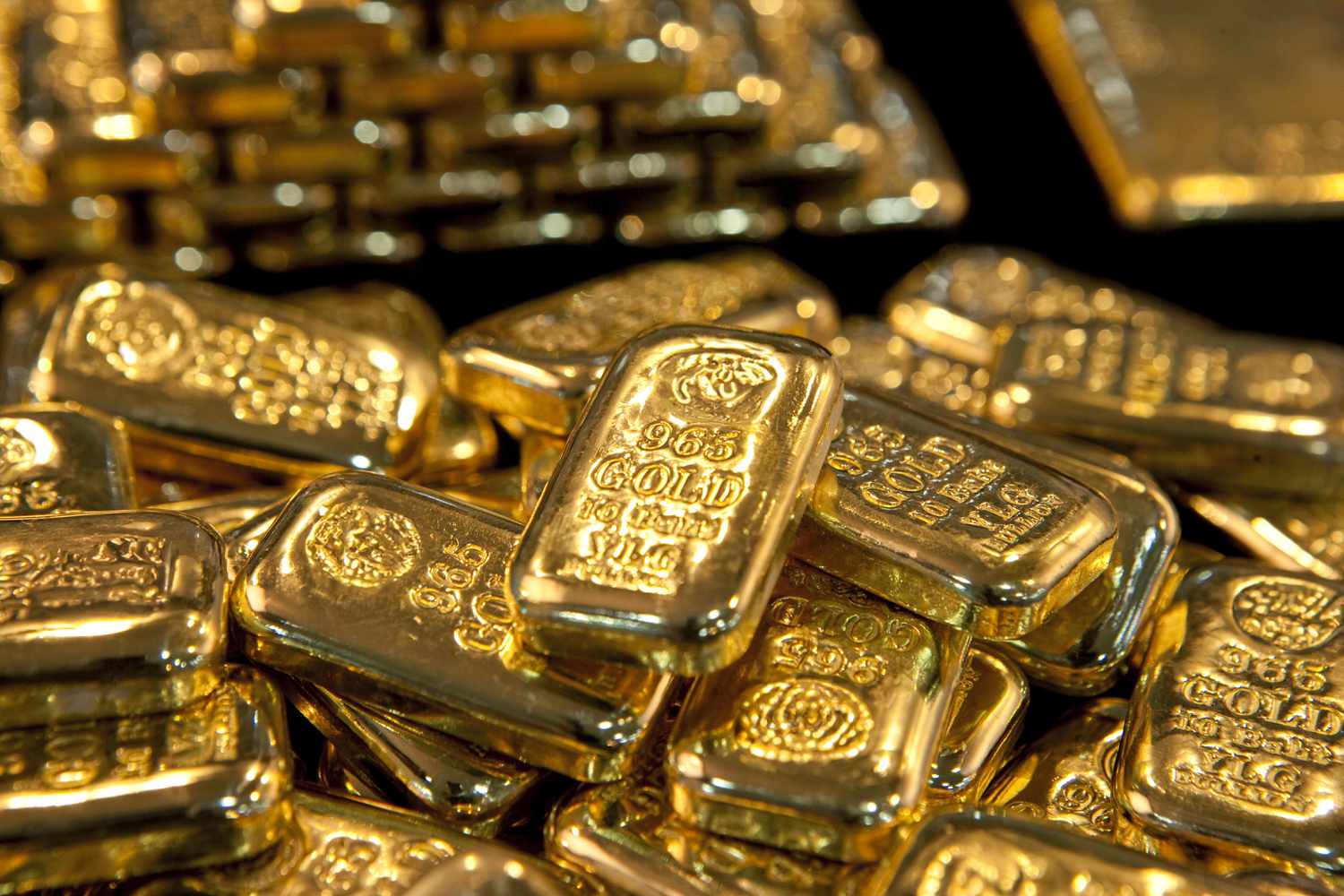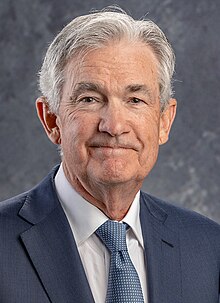Gold Outlook – Signals from the Fed and Global Risks

Linh Tran
Gold has surged in recent sessions and is holding above the $3,350/oz level. In the short term, the main narrative remains the expectation that the Fed will pivot to easing after Jackson Hole. The Federal Reserve acknowledged risks in the labor market and left the door open to potential rate cuts, prompting markets to reprice the policy outlook. This directly affects the two key variables that drive gold prices: real yields and the U.S. dollar. If real yields (TIPS) decline further and the dollar weakens, the opportunity cost of holding gold decreases, thereby continuing to support the precious metal. Conversely, any “hawkish” signals that push the yield curve higher could trigger a short-term correction in gold.
Overall, the U.S. growth picture appears to be “softening”: jobless claims have edged up, some regional manufacturing indices have weakened, and consumer confidence has slowed. As growth eases and inflation trends lower, financial conditions are gradually loosening. However, caution is warranted with the risk of persistent inflation if energy prices or shipping costs rebound. In that case, the Fed could slow its pace of easing or signal “higher-for-longer” rates, creating headwinds for gold.
A critical pillar of the current gold cycle comes from structural demand. Central banks—particularly in emerging markets—continue to treat gold as a strategic reserve asset to diversify away from FX risks. While the intensity of net purchases may vary quarter to quarter, 2025 still shows a generally positive trend in demand.
In addition, gold ETF flows have turned less negative compared to last year. According to the World Gold Council, global gold ETFs recorded nearly $3.2 billion in inflows in July, pushing total assets under management (AUM) to the highest level since August 2022. Holdings may fluctuate with yields and the dollar, but any sustained streak of inflows often serves as an early signal of a more durable uptrend. On the physical side, jewelry demand in India and China remains seasonal (festivals, weddings, year-end holidays). With a weaker USD and less stretched domestic prices, imports and consumption could improve, providing a floor of demand for bullion.
On the supply side, global mine production growth remains modest compared to the previous cycle, constrained by higher capital, energy, and labor costs, along with long project lead times. This keeps the AISC (all-in sustaining costs) elevated for many producers, limiting the risk of supply flooding even if prices rise further.
Geopolitical risk continues to provide a potential tailwind for gold: developments in the Middle East, the Russia–Ukraine war, and ongoing U.S.–China tensions may all fuel safe-haven demand. In some cases, gold trades in tandem with long-dated U.S. Treasuries, but if an inflation shock drives real yields sharply higher, gold could experience two-way volatility before the safe-haven narrative dominates.
In the near term, market focus will be on U.S. preliminary GDP and Core PCE data, followed by the September FOMC meeting. If signals point to a sharper-than-expected slowdown, this would strengthen the case for a 25bp cut, pulling real yields and the dollar lower and providing a platform for gold to sustain higher levels. Conversely, “hot” data—particularly in service PCE—could delay easing expectations, putting short-term pressure on gold.
From a medium-term perspective, the trend for gold remains cautiously constructive, supported by a confluence of factors: easing expectations, sustained structural demand from central banks, and gold’s acceptance as a defensive asset amid prolonged geopolitical uncertainty.
In summary, while gold may still see short-term pullbacks when “hot” data pushes real yields or the dollar higher, its medium-term story remains intact—especially if the Fed does begin its rate-cutting cycle and defensive capital continues to seek safe-haven assets.
Tran is Market Analyst at XS.com






